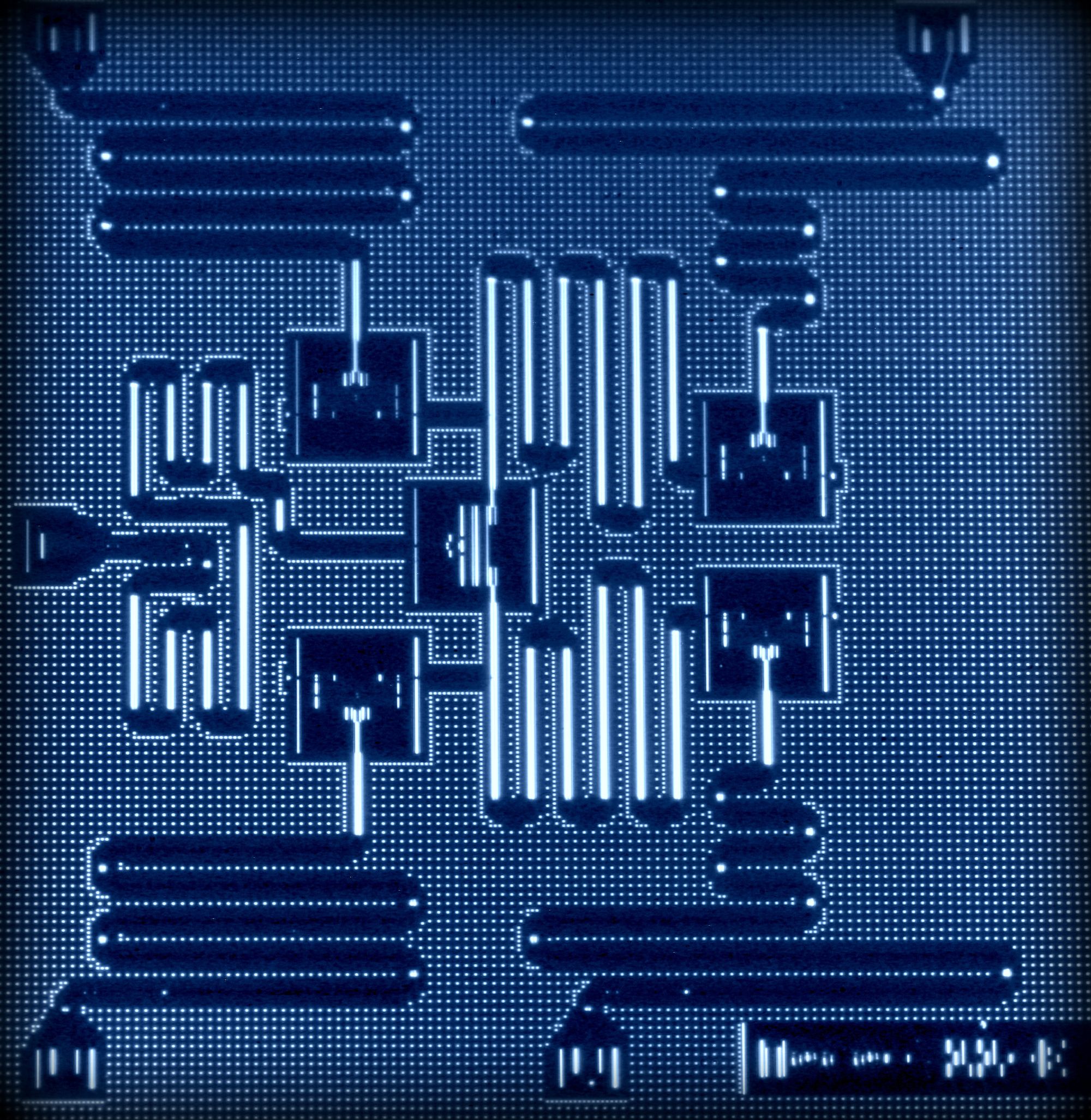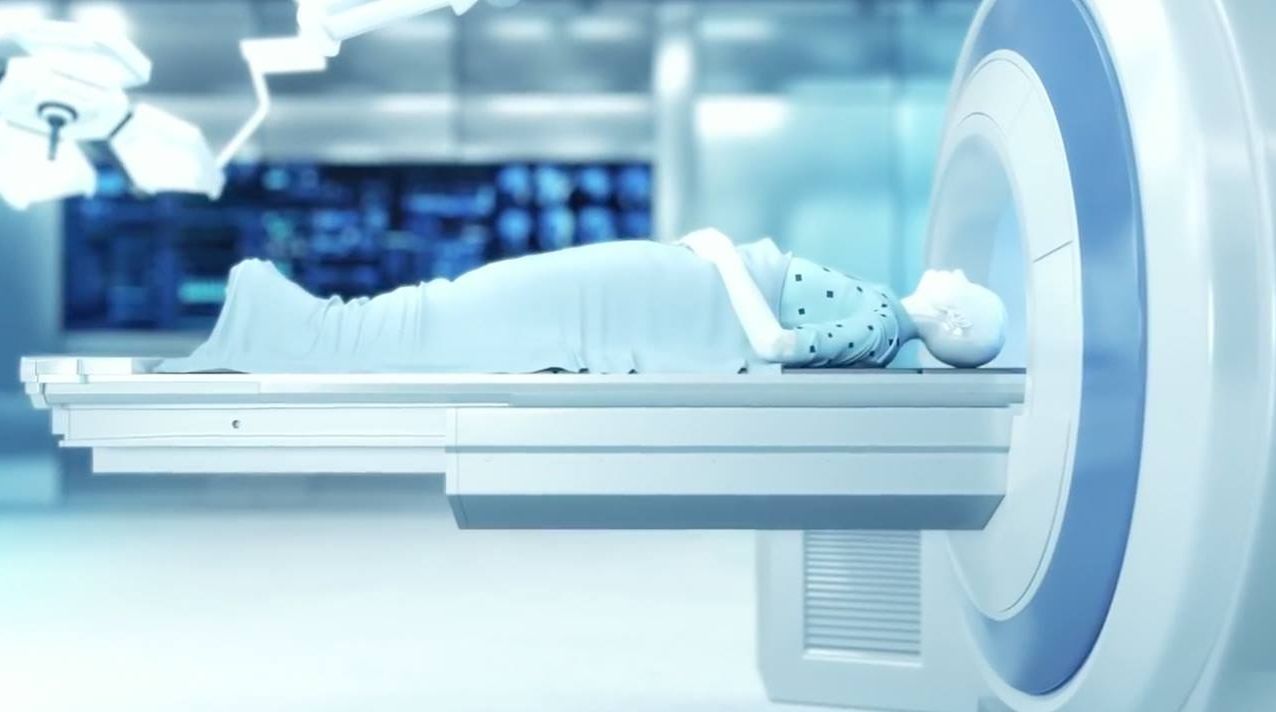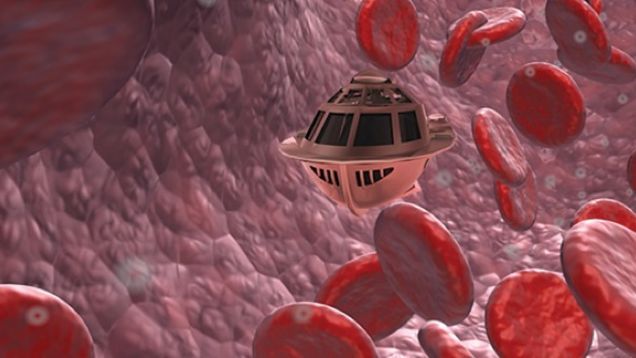May 4, 2016
Unique nano-capsules promise the targeted drug delivery
Posted by Karen Hurst in categories: biotech/medical, nanotechnology, physics
Gotta luv this.
An international team of researchers including the Lomonosov Moscow State University physicists has developed a completely new type of drug carrier for targeted delivery to the sick organ — the gel nano-capsules with a double shell. The results of the study were published in Scientific Reports.

















